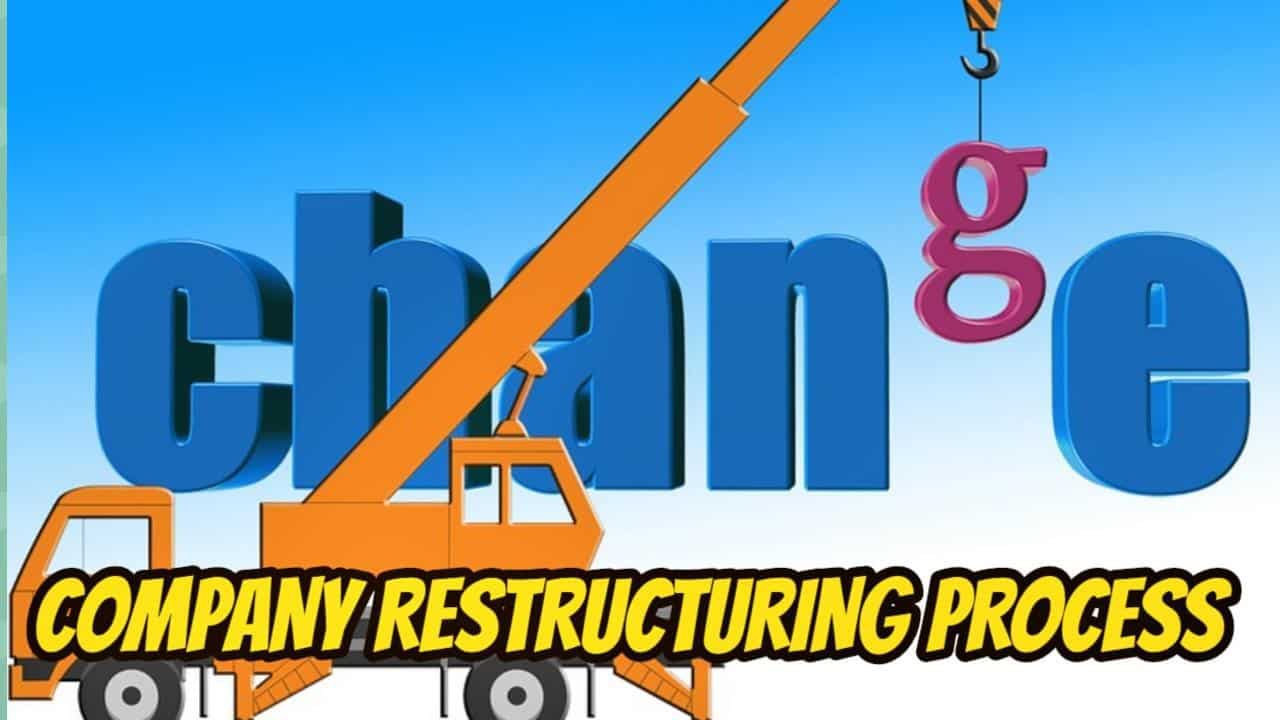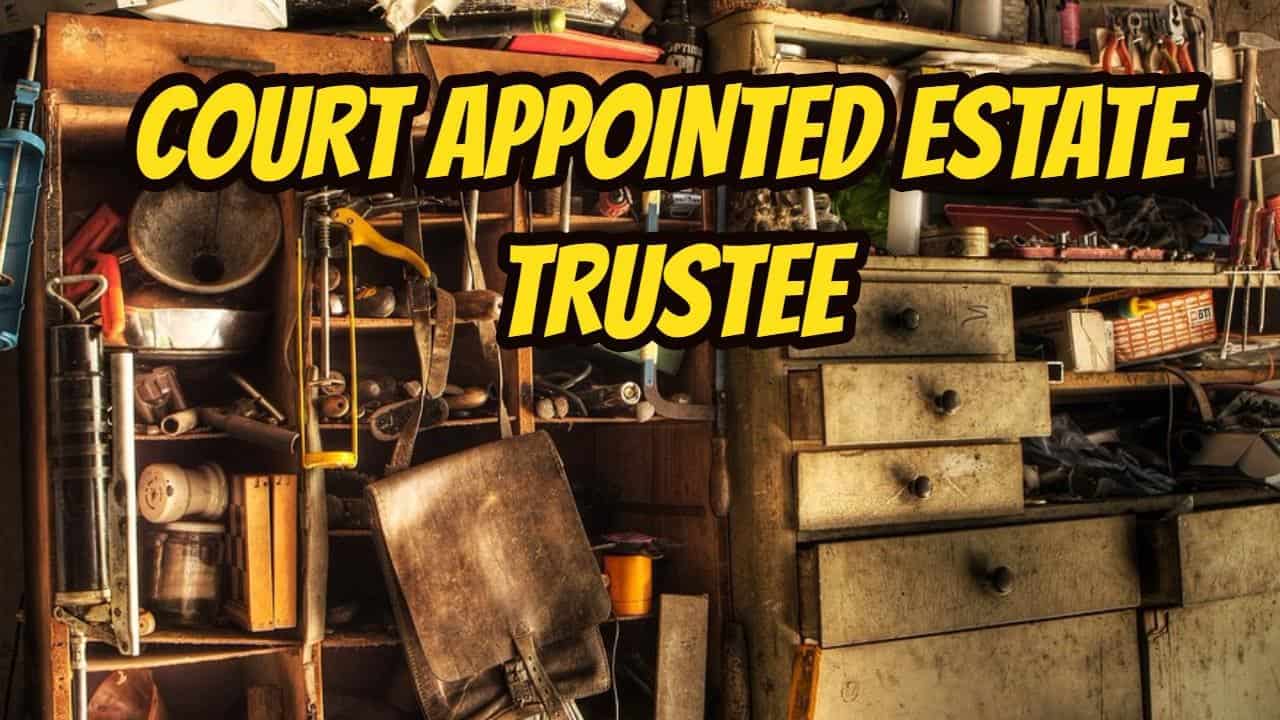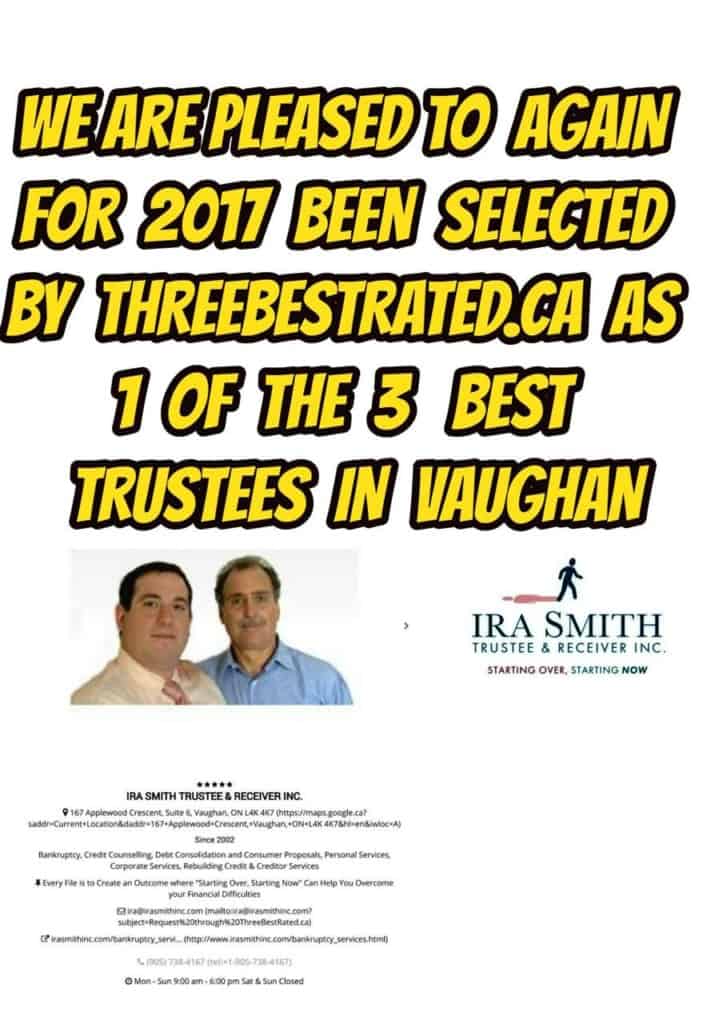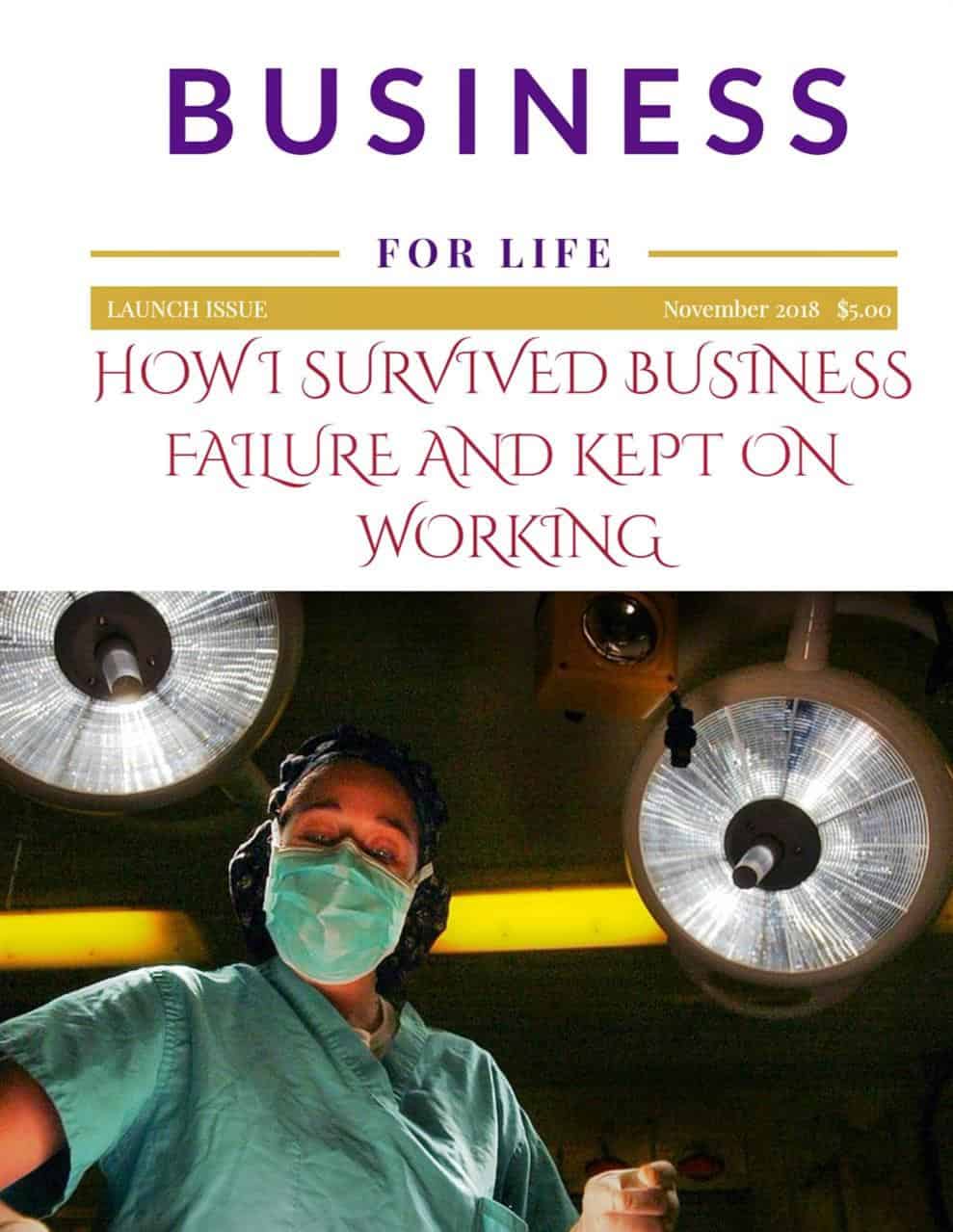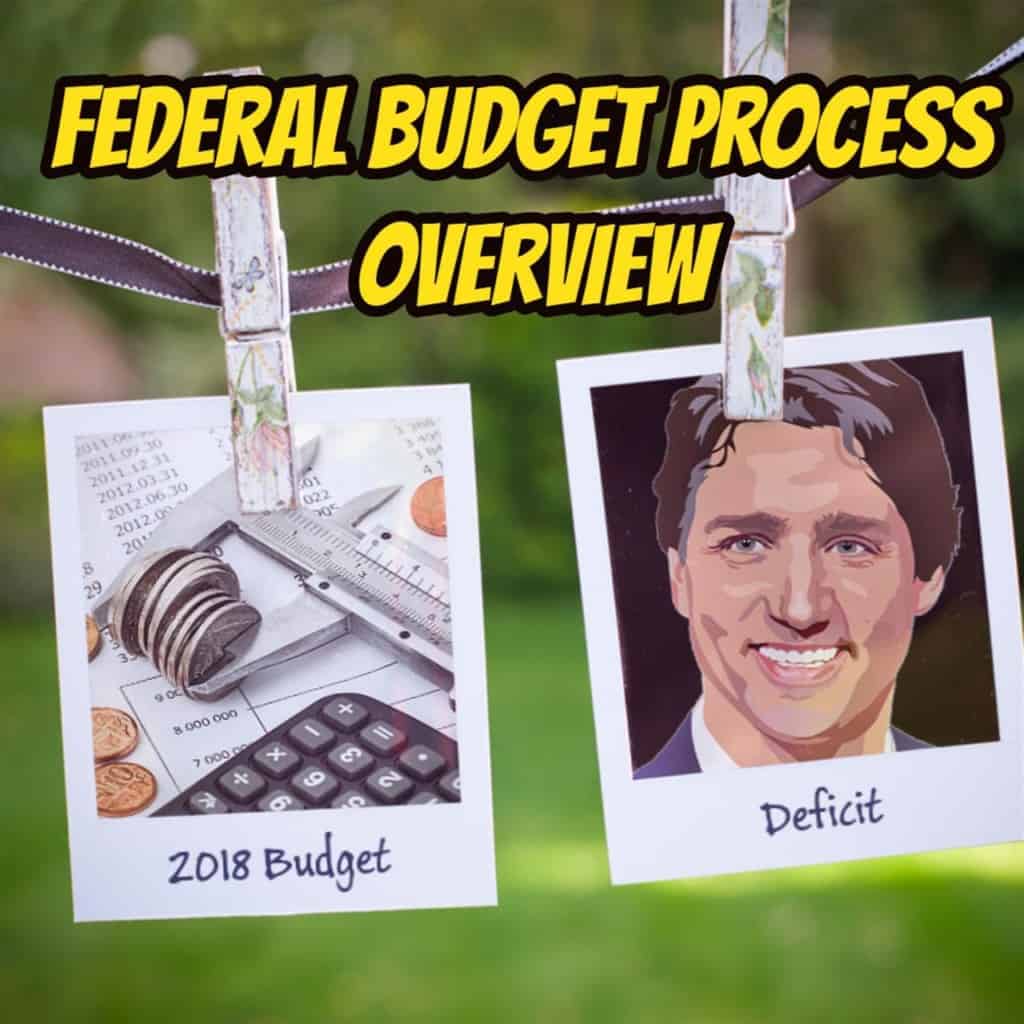
Company restructuring process: Introduction
Over the last two weeks, we have provided you with real case studies from our files. This week’s case study is about our involvement with a company restructuring process so its business could continue to serve its clients and maintain most of the jobs.
Two weeks ago we described a personal insolvency case study, CLAIM BANKRUPTCY IN ONTARIO CASE STUDY: SHE REALLY WANTED TO BUT WE STOPPED HER AND SOLVED HER PROBLEMS, was about the surgeon who became insolvent because of a failed business venture and a divorce. The events leading up to the doctor’s insolvency convinced her that she had to go bankrupt. We then described the steps we took to restructure her affairs so she could avoid bankruptcy. She completed a successful Proposal under the Bankruptcy and Insolvency Act (Canada). More importantly, she regained her confidence, we eliminated her pain points and she is once again thriving emotionally, physically and financially.
Last week, we described a situation where we used our skill set in a different way. In our case study, COURT APPOINTED ESTATE TRUSTEE CASE STUDY: IF IT WAS EASY YOU WOULDN’T NEED US, we described how we ended a war between the two beneficiaries under a Will and monetized the assets for their benefit. In that situation, the Court appointed us as the court appointed estate trustee.
Company restructuring process: The social media agency
The company was a social media agency. Their clients were some of the largest household names in North America. The company made sure that their clients’ websites were eye-catching, technologically advanced using leading search engine optimization (SEO) and search engine marketing (SEM) techniques. In short, their clients had to show up on page 1 of an online search and that their websites were eye-popping and functional. The company was a Canadian and North American leader.
Company restructuring process: Life got in the way
The sole shareholder and Director experienced some health issues with a family member; that required her attention. She was tending to that emergency and it took her away from the business for lengthy periods of time. Experienced senior staff ran the business in her absence. The entrepreneur felt she could deal with business matters by telephone. They established a process where she signed documents and cheques prepared by staff members using couriers.
Company restructuring process: Senior staff were not trustworthy
WRONG!! Although she trusted the senior staff, they turned out not to be trustworthy. They made mistakes and assured the owner that the documents and cheques they prepared were correct.
They also provided her status reports assuring her that all client activities and projects were all on schedule. The reality was that certain senior staff were plotting to establish their own agency, to steal clients. The sole Director felt something was not right, but she could not pinpoint from afar what the issues were. She returned to the office and discovered that her worst fears were her new reality.
Company restructuring process: How bad was it?
Things were very bad. Billings were way behind. Cash flow had dried up. As a result of the lack of cash flow, the company was now behind in rent and had collected but did not remit source deductions totalling over $300,000. The unremitted source deductions formed a trust claim over all the company’s assets, ahead of the company’s bank. Learning all this information made the bank very uneasy and unwilling to lend any more money.
Company restructuring process: The short-term steps in financial restructuring
The sole Director and shareholder of the company contacted us. She was operating in panic mode. We assessed the situation. Our preliminary assessment was that catching up on the billings and the clients paying them in the normal course, good cash flow would return. There was also a good book of projects to start on; just not as many as normal. Thankfully, no clients had left yet.
The short-term plan we developed had 7 steps:
- Fire the staff involved in the attempt to start-up their own firm and steal clients. Pay their normal wages and vacation pay, but not pay in lieu of notice.
- File immediately a Notice of Intention To Make a Proposal (NOI) to invoke the stay of proceedings (Stay Period) so that no creditor could take action against the company.
- Immediately bill all unbilled projects and begin collection efforts on any outstanding invoices.
- Reach out to all major clients to reassure them that the entrepreneur was in control after returning from the family emergency and that she would personally be supervising all work performed.
- Prepare a crisis cash flow model that thankfully showed that the company could cash flow itself since the amounts owing to the unsecured creditors was not caught in the restructuring.
- The company required fresh capital. Luckily, the entrepreneur had enough funds to inject.
- Meet with the company’s banker to explain the situation and share the emergency cash flow to show that the company did not need any new funds from the bank and that the principal was going to inject the temporary funds necessary. This gave the banker the assurance that the bank line would not be pressed any further, and that the entrepreneur was willing to put her money where her mouth was.
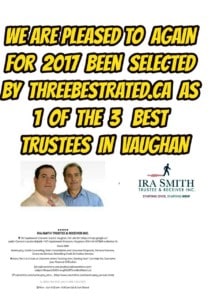
company restructuring process
Company restructuring process: The long-term plan
Now that the situation was stabilized, we worked with the company to look at longer term restructuring needs. It needed a business debt restructuring process. We determined that the company had too much space. As it did not need to immediately replace the terminated staff, it now did not need as much space. Certain space could be given up without affecting the main space and the business.
The landlord of course was not happy about this, but was willing to work with the company. If the landlord was not cooperative, the backup plan was to repudiate the unnecessary space through the formal restructuring plan.
The terminated employees retained legal counsel, who made himself known. Various issues arose from this. Were they going to seek leave of the bankruptcy court to launch litigation for damages against the company? What counterclaim could the company prove? Should we agree to attempt to value what claims they may have without litigation and include them in the restructuring plan?
Company restructuring process: The need for more time
Upon the filing of the NOI, the company obtained a first 30 day stay where its creditors could not pursue it and to file the real restructuring proposal. The company had to run for at least a few weeks to assess if the real performance was similar to the cash flow forecast developed on day 1.
Therefore, the company’s lawyers went to bankruptcy court to seek a 45 day extension for the company to file its bankruptcy protection restructuring plan. As Trustee, we had to prepare and file our report with the court to attest to the fact that:
- an extension of the Stay Period is required to enable the company to continue to run in the ordinary course and complete its restructuring proposal;
- the company continues to act in good faith and with due diligence; and
- no creditor would be materially prejudiced by the extension of the Stay Period.
The Court granted the extension for this company restructuring process.
Company restructuring process: The corporate debt restructuring process
We could now finish the real corporate restructuring proposal through this bankruptcy protection process. Given the unknown of the final valuation of the terminated employees’ claims, if any, we had to build in further protection for the company. We decided that the company’s bankruptcy protection plan would be what is known as a “basket proposal”. The amount of funds available for the unsecured creditors would be a fixed amount. So, whatever the claims ended up being, the size of the pot never changed.
Under the bankruptcy laws in Canada for a corporation undergoing a corporate restructuring, we had to ensure that there were sufficient funds for the unsecured creditors to share in “the pot”. The amount had to be realistic, to get the required majority of unsecured creditors voting in favour of the corporate restructuring plan. We also had to ensure that the bank was not being compromised in the proposal and that we communicated that clearly to the bank.
Company restructuring process: The government trust claim
As stated above, the unremitted source deductions were a trust claim. The restructuring bankruptcy laws in Canada state that such a claim has to be repaid in full within 6 months of Court approval of the restructuring proposal. We revisited the company’s cash flow. Although the company was on track, over the next year, money was needed to reinvest in the business.
The entrepreneur had no more money from her own resources. Therefore, after allowing for operations and the payment of the past unremitted source deduction amount of about $300,000, we could only offer the unsecured creditors roughly 5 cents on the dollar of the proven claims from future operations. The company promised to pay that amount within 6 months of retiring the government trust claim amount. So, within 1 year of Court approval, the unsecured creditors would get their money from the corporate restructuring plan.
Company restructuring process: Solving the terminated employee claims
Seeing this, the terminated employee group did not wish to spend funds on litigation, only to receive 5% of whatever claim they may have from the restructuring plan. We ended up agreeing to a very modest amount to represent their claims in the proposal.
The meeting of creditors was held and we obtained the required majority of creditors voting in favour of the business restructuring proposal. The creditors realized it was a better outcome than if they voted the company into bankruptcy. They voted in favour of the company restructuring process. We then obtained the necessary Court approval.
Company restructuring process: The result
The company turned its operations around. It survived the coup by the terminated employees. The company produced enough cash profits to retire the government trust claim debt within 6 months of court approval. It also paid the proposal fund amount to us as Trustee on time, to be distributed to the unsecured creditors.
The company successfully restructured and operated profitably afterwards. The entrepreneur was able to sell her company several years later and retire.
Company restructuring process: The financial restructuring process
The financial restructuring process is complex. The Ira Smith Team understands how to do a complex corporate restructuring. However, more importantly, we understand the needs of the entrepreneur. You are worried because your company is facing significant financial challenges. Your business provides income not only for your family. Many other families rely on you and your company for their well-being.
The stress placed upon you due to your company’s financial challenges is enormous. We understand your pain points. We look at your entire situation and devise a strategy that is as unique as you and your company’s problems; financial and emotional. The way we dealt with this problem and devised a corporate restructuring plan, we know that we can help you and your company too.
We know that companies facing financial problems need a realistic lifeline. There is no “one solution fits all” approach with the Ira Smith Team. That is why we can develop a company restructuring process as unique as the financial problems and pain it is facing. If any of this sounds familiar to you and you are serious in finding a solution, contact the Ira Smith Trustee & Receiver Inc. team today.
Call us now for a free consultation. We will get your company back on the road to healthy stress free operations and recover from the pain points in your life, Starting Over, Starting Now.
